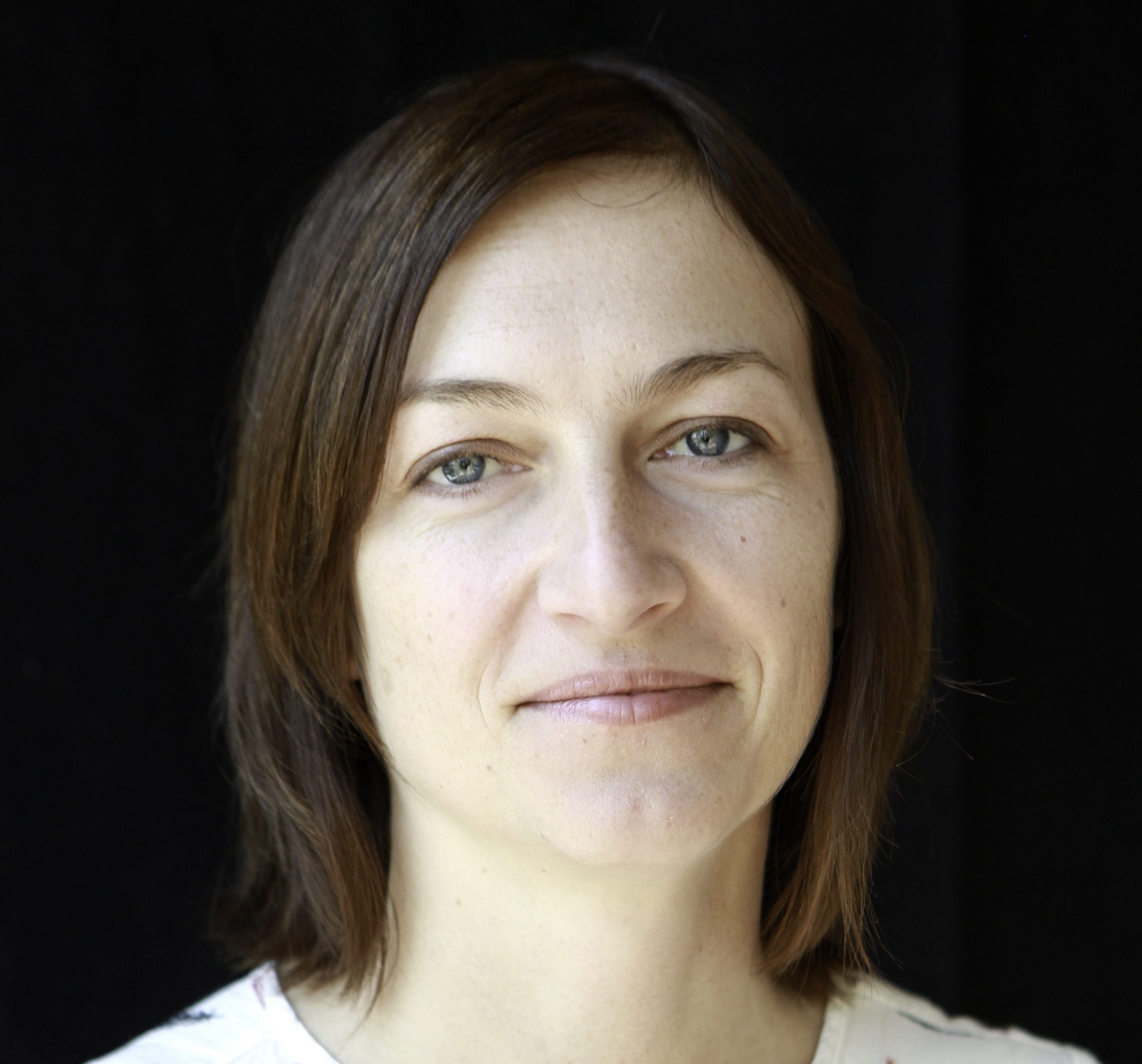What Is the 70% Rule in House Flipping?
Use this quick calculation to help you apply the 70% rule and figure out the maximum price you should pay for a house flip to still make money.
There are more than a few rules when it comes to property investing and real estate flipping. One of the biggest is the 70% rule. This rule helps prospective flippers quickly judge their profit on a purchase, while accounting for the costs that come with a flip.
What is the 70% rule?
The 70% rule states that a flipper should not pay more than 70% of the After Repair Value (ARV) of a property. The ARV is what the house can be sold for after completing all work and renovations.
For example, if you can flip a property for $100,000, you shouldn’t buy it for more than $70,000. In most cases, of course, you also need to deduct repair costs. Assuming you’ll spend $20,000 in repairs on that same property, then you shouldn’t buy it for more than $50,000 to turn a good profit.
A quick formula looks something like this:
(ARV x 0.7) – repair costs = price not to exceed. So, ($100,000 x 0.7) – $20,000 = $50,000.
Using the 70% rule as a helpful guide
Like most rules around investing and real estate, the 70% rule is best understood as a guide. The 70 percent rule is a good place to start when evaluating a potential purchase and flip. Beyond the repair cost, the 70% takes a lot of “hidden” costs that come with a flip and lumps them into one neat formula.
Once you’ve determined a property fits the 70% rule, you’ll want to go deeper to make sure the numbers pan out. Here are some of the things that you should account for beyond your repair cost.
- Repair cost buffer – generally 20% of estimated repairs. Some investors lump this into a catch-all “unexpected costs bucket.
- Closing or settlement costs – encompassing lots of fees, including everything from processing fees to appraisal fees.
- Financing costs – such as interest and lender fees.
- Carrying costs – which might mean utilities, taxes, insurance, and HOA fees.
Bottom line: Before you put in an offer using the 70 percent rule, plug in numbers specific to your project to make sure you’ll be making the profit you want.
Other factors to consider when pricing a flip
Profit: You may be OK with making less on a project. Or, you may want to make more on another project. Either way, you should have your profit number in mind before buying a property to flip.
Lower-end property: Properties on the low end may incur additional costs, such as vandalism. Likewise some costs around financing and the sale process may be unchangeable regardless of property price. These costs may eat up more of the total price.
Higher-end property: When you pay more for a property, you want to make a higher profit since you’re undertaking more risk.
Type of work that needs to be done: If you can finish renovations, even expensive ones, quickly, that might adjust your numbers.
Cost of repairs: If you can’t meet the 70% rule with your current numbers, is it possible you can scale down the cost of repairs while keeping the ARV and still meeting the 70% number?
Market itself: If houses are moving slowly in a market, you may need to adjust your carrying costs, for example.
The 70% rule helps in evaluating how much to pay for a house you want to flip while still being able to make a profit. Like everything in real estate investment, it’s a numbers game. But one in which your final profit is only as good as your estimated costs. Being diligent and accounting for all costs that your flip will incur goes a long way in guaranteeing you the investment return you want.
Discover nationwide properties you won’t find elsewhere
Find, win, and close on exclusive and vetted investment properties.
